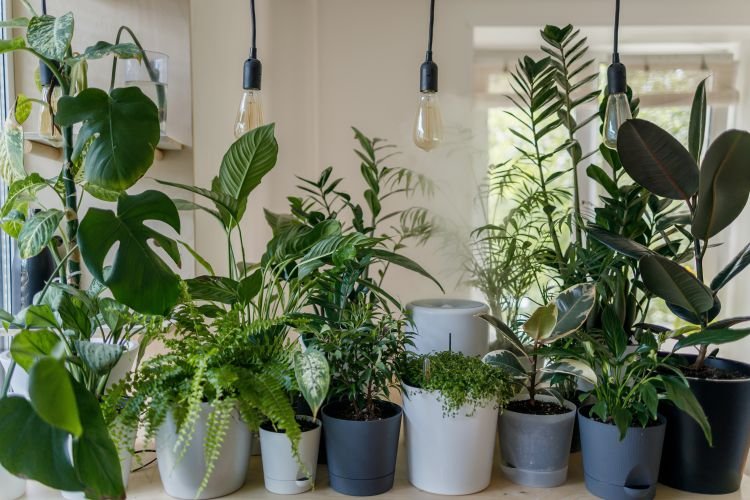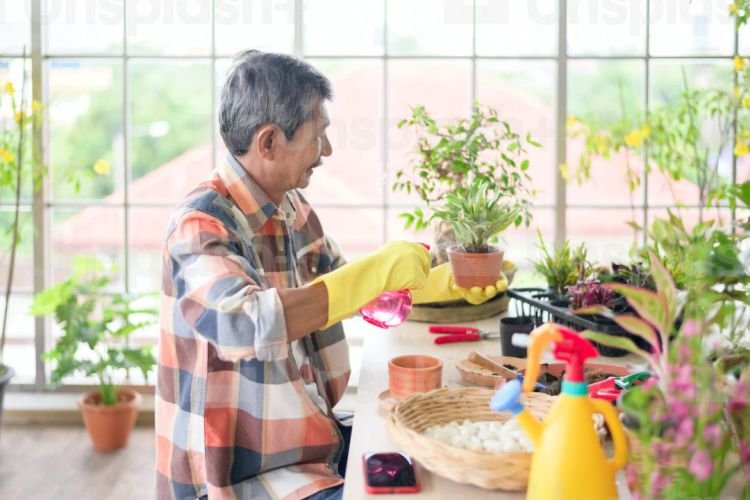Indoor plants are a wonderful way to improve the air quality in your home, and they can also add a touch of beauty to any room. However, many people find it difficult to keep their plants alive and thriving. To ensure that your indoor plants thrive, providing them with the proper care and support is crucial. Here are some tips for keeping your indoor plants happy and healthy:

1. Give Them the Right Amount of Sunlight
If you want your indoor plants to thrive, giving them the right amount of sunlight is essential. Most plants need at least six hours of direct sunlight daily to grow and flourish. If your home doesn’t get a lot of natural light, you’ll need to provide your plants with supplemental light. This can be done by using a grow light or placing your plants near a bright window. The folks at the Best LED Grow Lights Info have some great tips on selecting and using supplemental lighting for indoor plants. The key is closely monitoring your plants and adjusting their sunlight exposure as needed.
2. Water Them Properly
It’s also important to water your plants properly. Overwatering is one of the most common mistakes people make when caring for indoor plants. To ensure that you’re watering your plants correctly, check the soil moisture levels before watering them. The top few inches of soil should be dry before you water them again. You can also use a moisture meter to help you determine when it’s time to water your plants.

3. Keep an Eye on Temperature and Humidity
In addition to sunlight and water, plants need the right temperature and humidity levels to thrive. Most indoor plants do well in temperatures between 65 and 75 degrees Fahrenheit. It’s also essential to maintain a good level of humidity for your plants, especially if you live in a dry climate. One easy way to increase humidity for your plants is to place them on top of a tray filled with pebbles and water. As the water evaporates, it will increase the humidity surrounding your plants.
4. Fertilize Regularly
Fertilizing your plants is a very simple process, but you must do it correctly to avoid doing more harm than good. Remember, not all fertilizers are created equal, and not all plants respond well to the same type of fertilizer. It’s essential to choose the right fertilizer for your plants and use it accordingly. For example, flowering plants need a high phosphorus fertilizer to produce blooms, while vegetable plants need a nitrogen-rich fertilizer for healthy growth.
It’s important to apply fertilizer correctly for it to be effective. When applying liquid fertilizers, pour it directly on the soil around the plant rather than spray it on the leaves. This will help prevent leaf burn. You can also add organic matter, such as compost or manure, to your garden beds each year to provide nutrients for your plants.
By following these tips, your indoor plants will be well on their way to thriving and adding beauty to your home. Remember that every plant is different, so make sure to do some research on your specific needs of yours. And don’t get discouraged if you encounter a challenge – keep trying and adjusting as needed until you find the right balance for your plants.




